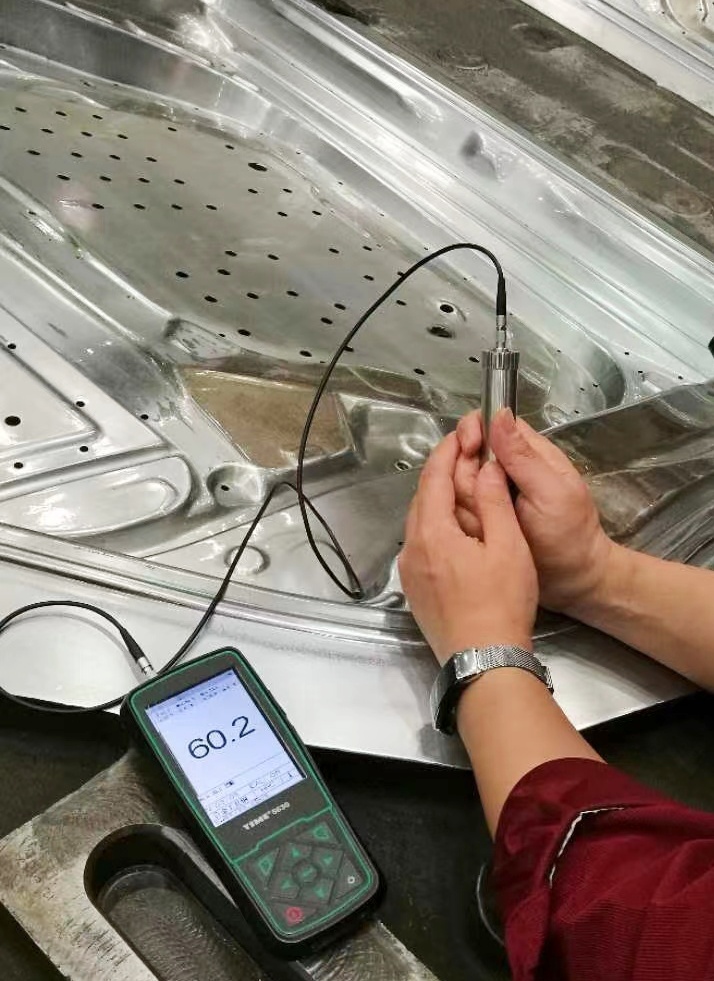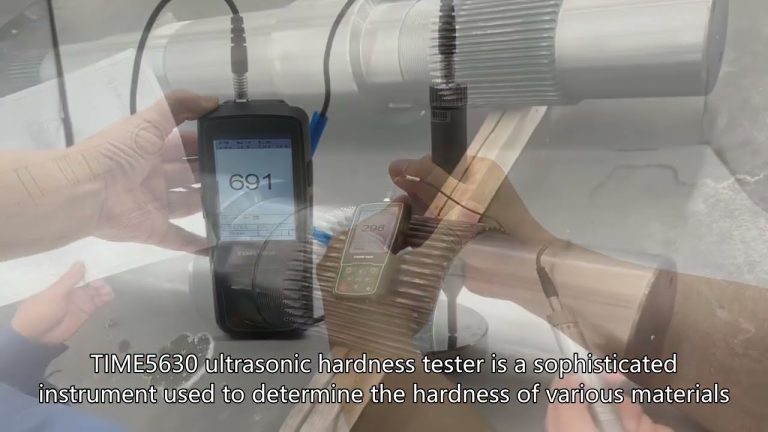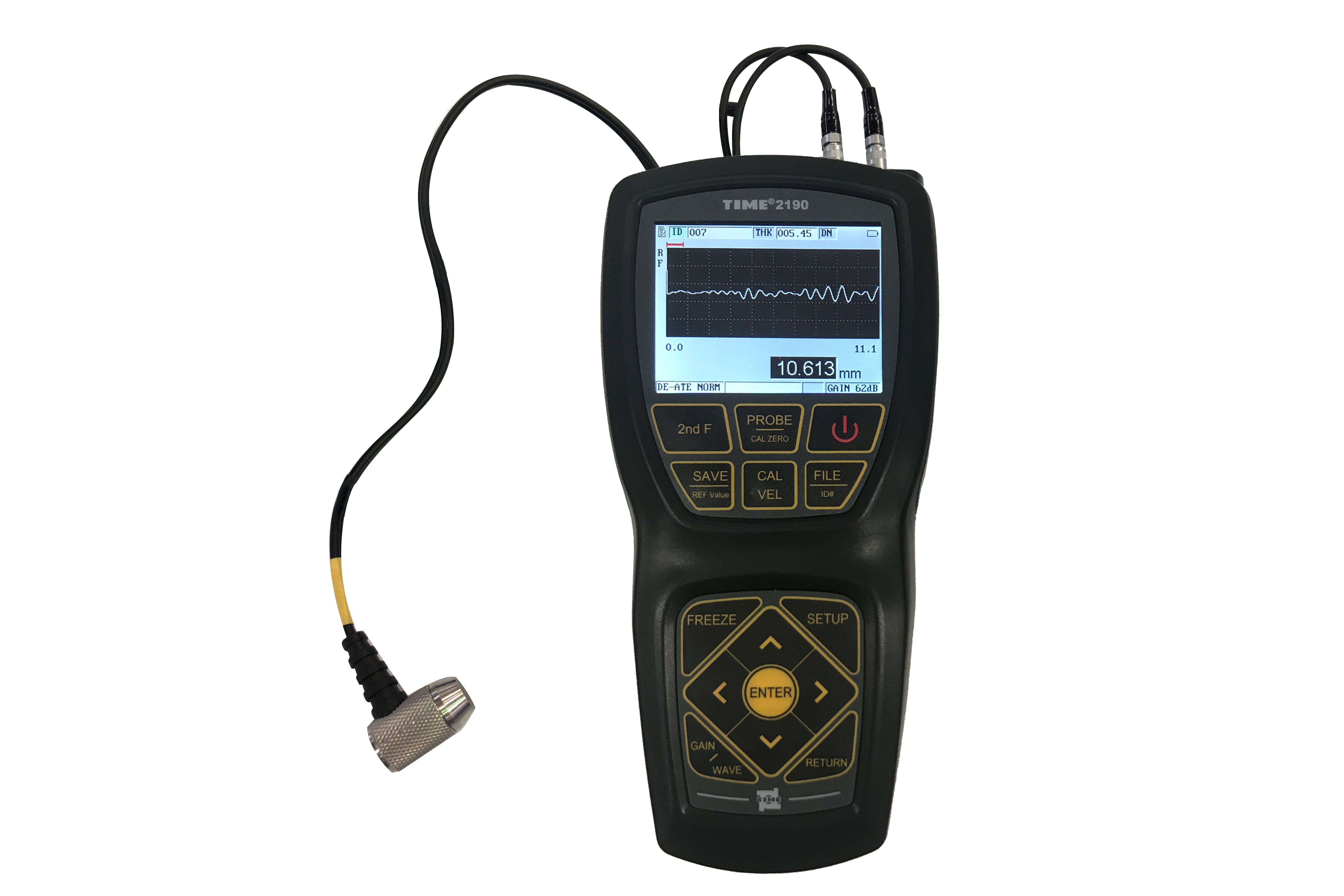The performance and durability of turbochargers are critical in automotive and industrial applications. One of the key factors influencing their longevity and efficiency is the hardness of the materials used in their construction. In particular, the R corners of cast iron turbochargers are subject to significant stress and wear during operation. Therefore, accurately measuring the hardness of these areas is essential for quality control and performance assessment. Now we study the use of an ultrasonic hardness tester for measuring the hardness of cast iron turbocharger R corners.

Importance of Hardness Measurement
Hardness is a measure of a material’s resistance to deformation, which directly correlates with its wear resistance and overall performance. In turbochargers, the R corners—rounded edges that help reduce stress concentrations—are critical areas that require precise hardness measurements. If the hardness is too low, the material may wear quickly, leading to failure; if too high, it may lead to brittleness and cracking. Therefore, regular hardness testing is essential for ensuring the reliability and efficiency of turbochargers.
Ultrasonic Hardness Tester
An ultrasonic hardness tester is an advanced device that measures hardness using ultrasonic waves. This method has several advantages over traditional hardness testing methods, such as Rockwell or Brinell tests. The ultrasonic technique is non-destructive, allowing for the testing of components without causing damage. It is also portable, enabling measurements to be taken directly on the production line or in the field.
Working Principle
The ultrasonic hardness tester operates by sending high-frequency ultrasonic waves through the material. The device measures the velocity of these waves, which varies depending on the hardness of the material. A higher hardness value results in a faster wave speed, while a lower hardness value leads to a slower wave speed. The tester correlates these speeds to established hardness scales, providing an accurate measurement of the material’s hardness.
Measurement Procedure
1. Preparation: Clean the R corner area of the turbocharger to remove any contaminants that may affect the measurement.
2. Calibration: Calibrate the ultrasonic hardness tester according to the manufacturer’s instructions, ensuring accurate readings.
3. Testing: Position the ultrasonic probe on the R corner surface and initiate the measurement. The device will automatically calculate the hardness value based on the ultrasonic wave speed.
4. Recording Results: Document the hardness readings for future reference and analysis. It is advisable to take multiple measurements at different points along the R corner to ensure consistency.
5. Analysis: Compare the measured hardness values against the specified requirements for the cast iron material used in the turbocharger. This comparison will help determine if the component meets the necessary performance standards.
The hardness measurement of cast iron turbocharger R corners is vital for ensuring the reliability and performance of these critical components. The use of an ultrasonic hardness tester offers a non-destructive, accurate, and efficient method for conducting these measurements. By implementing regular hardness testing, manufacturers can enhance the quality control process and ultimately improve the durability and efficiency of turbochargers in various applications.
The integration of advanced hardness testing technologies, such as ultrasonic testing, is essential for maintaining high standards in turbocharger production and ensuring optimal performance in the field.







